2025 Year-End Tax Planning: Business Considerations
October 28, 2025
BUSINESS TAX PLANNING
Year-end remains a prime time for tax planning, but 2025’s new One Big Beautiful Bill Act (OBBBA) adds fresh complexity. The law extends and modifies many provisions from the Tax Cuts and Jobs Act, making several permanent while introducing new tax-saving opportunities—and potential traps. Some provisions take effect immediately, others later, so coordination with SECURE 2.0 changes and recent IRS guidance is essential for effective planning.
Depreciation-Based Deductions
A business may benefit from one of two depreciation-related tax breaks, or both, for qualified property placed in service. The OBBBA enhances those tax breaks, beginning in 2025.
YEAR-END MOVE: Ensure that qualified property is placed in service before the end of the year. Otherwise, your business does not qualify for either tax break on its 2025 return.
- Section 179 deduction: Section 179 allows a business to currently deduct the cost of qualified property up to an annual limit, subject to a phase-out. The TCJA doubled the limit to $1 million in 2018, with indexing (shown below). Now the OBBBA permanently hikes the limit to $2.5 million and the phase-out threshold to $4 million in 2025, with future indexing.
|
Tax year |
Deduction limit |
Phase-out threshold |
|
2018 |
$1 million |
$2.50 million |
|
2019 |
$1.02 million |
$2.55 million |
|
2020 |
$1.04 million |
$2.59 million |
|
2021 |
$1.05 million |
$2.62 million |
|
2022 |
$1.08 million |
$2.70 million |
|
2023 |
$1.16 million |
$2.89 million |
|
2024 |
$1.22 million |
$3.05 million |
|
2025 |
$2.5 million |
$4 million |
Be aware that the Section 179 deduction cannot exceed the taxable income from all your business activities this year. This rule could limit your deduction for 2025.
- First-year bonus depreciation: The TCJA authorized 100% first-year bonus depreciation subject to a phase-out over a five-year period. The applicable percentage for 2025 was scheduled to be only 40%, but the OBBBA permanently restores the 100% deduction, retroactive to January 20, 2025.
Tip: Regular depreciation deductions may be claimed for any remainder. However, other special rules may apply, such as a separate set of limits on vehicles.
Qualified Small Business Stock
Currently, if certain requirements are met, you may exclude from tax 100% of the gain from the sale of “qualified small business stock” (QSBS) if it is held at least five years.
YEAR-END MOVE: Have your company issue QSBS to inject fresh capital into the business. The OBBBA provides more leeway to entrepreneurs, beginning in 2026.
To qualify for the exclusion, the amount of gain taken into account for a QSBS sale in a particular year was limited to $10 million and could not exceed ten times the basis of QSBS sold during the year. Also, the corporation could not have more than $50 million in assets when the stock was issued.
The OBBBA provides the following:
*A partial exclusion of 50% is allowed for stock held at least three years and 75% for stock held at least four years.
*The $10 million cap is increased to $15 million.
*The threshold for “small business” assets is increased from $50 million to $75 million (indexed for inflation after 2026).
Tip: The taxable portion of a QSBS sale may qualify as long-term capital gain eligible for favorable tax treatment (more on this later).
Work Opportunity Tax Credit
If your business becomes busier than usual during the holiday season, it may add to the existing staff. Consider all the relevant factors, including tax incentives, in your hiring decisions.
YEAR-END MOVE: When appropriate, hire workers eligible for the Work Opportunity Tax Credit (WOTC). The credit is available if a worker falls into a designated “target” group.
Generally, the WOTC is 40% of the first-year wages of up to $6,000 per employee, for a maximum of $2,400. For certain qualified veterans, the credit may be claimed for up to $24,000 of wages, for a $9,600 maximum. There is no limit on the number of credits per business.
Tip: The WOTC has expired and then been revived multiple times in the past but is not expected to be renewed again after 2025. This is probably the last chance for this credit.
Employee Compensation
Generally, compensation is taxable to employes and deductible by businesses. But the OBBBA carves out a brand-new tax break for “overtime pay” received from 2025 through 2028.
YEAR-END MOVE: Manage your company’s compensation system accordingly. This may require shifting hours to benefit employees without any downside to the company.
Under the new law, employees can annually deduct part of overtime pay, up to $12,500 for single filers and $25,000 for joint filers, retroactive to January 1, 2025. But the deduction is only available for the “premium” of part overtime pay based on the “time-and-a-half rate” mandated by the Fair Labor Standards Act (FLSA).
In addition, the deduction is phased out based on MAGI. The phase-out begins at $150,000 of MAGI for single filers and $300,000 for joint filers.
Tip: Similarly, the OBBBA creates a new deduction for up to $25,000 of tips received by an employee in a services industry from 2025 through 2028, subject to a phase-out above $150,000 of MAGI for single filers and $300,000 for joint filers.
Research & Experimental Expenses
In this competitive business environment, it is often important for small businesses to stay ahead of the curve.
YEAR-END MOVE: When warranted, ramp up research and experimental (R&E) activities. The OBBBA restores a faster write-off for qualified expenses.
Previously, the tax law permitted a company to fully deduct domestic R&E expenses in the year in which they were incurred. But the TCJA required costs incurred after 2021 to be capitalized and amortized over 60 months.
Now the new law reinstates the prior rules, retroactive to January 1, 2025. (Alternatively, a business can still elect to amortize the expenses over 60 months.) Due to special transitional rules for expenses incurred in 2022 through 2024, it may be beneficial to file amended returns for these years. Note: The amortization period for foreign R&E expenses remains at 15 years.
Tip: A business may also qualify for a research and development (R&D) credit, but the same expenses cannot be claimed for both the R&E deduction and the R&D credit.
Miscellaneous
*Stock up on routine supplies (especially if you expect prices to rise soon). If you buy the supplies in 2025, they are deductible this year even if they are not used until 2026.
*The OBBBA imposes a 1% “floor” on deductions for charitable donations by C corporations, beginning in 2026. A corporation may increase its donations late in 2025 to avoid the upcoming floor on deductions.
*Owners of pass-through business entities like S corporations and partnerships may adopt SALT “workarounds” to qualify for state deductions or credits. The entities make the payments and then tax benefits are passed through to individuals on their personal tax returns.
*Maximize the qualified business income (QBI) deduction of up to 20% for pass-through entities and self-employed individuals. Note that special rules apply if you are in a “specified service trade or business” (SSTB). The OBBBA extends this tax break and makes it permanent.
*Keep records of collection efforts (e.g., phone calls, emails and dunning letters) to prove debts are worthless. This may allow you to claim a bad debt deduction.
*Open a new business. Instead of amortizing start-up costs over 60 months, your business can currently deduct up to $5,000 of qualified expenses, subject to a phase-out above $50,000.
*Delay bonuses to 2026 if your business is an accrual-basis company. The bonuses generally are deductible on its 2025 return as long as they are paid by March 16, 2026. Bonuses received by employees in 2026 are taxable in 2026. Caveat: This technique does not apply to bonuses paid to majority owners of a C corporation or certain owners of an S corporation or a personal service corporation.
CONCLUSION
This year-end tax-planning letter is based on the prevailing federal tax laws, rules and regulations. Of course, it is subject to change, especially if additional tax legislation is enacted by Congress before the end of the year.
Finally, remember that this letter is intended to serve only as a general guideline. Your personal circumstances will likely require careful examination. Please call Larson & Company today at 801-313-1900 to schedule a meeting for assistance with all your tax-planning needs. Larson and Company has developed a suite of services specifically to serve the needs of companies of all sizes in a wide range of industries.
For more insights, visit our page for practical guidance on the One Big Beautiful Bill Act (OBBBA), including summaries of the key tax provisions most relevant to you and your business.
Source: Elite Editorial Services, 2025 Year-End Tax Planning Letter, 10/23/2025
This year-end tax-planning letter is published for our clients, friends and professional associates. It is designed to provide accurate and authoritative information with respect to the subject matter covered. The information contained in this letter is not intended or written to be used for the purpose of avoiding any penalties that may be imposed under federal tax law and cannot be used by you or any other taxpayer for the purpose of avoiding such penalties. Before any action is taken based on this information, it is essential that competent, individual, professional advice be obtained.


.png)



